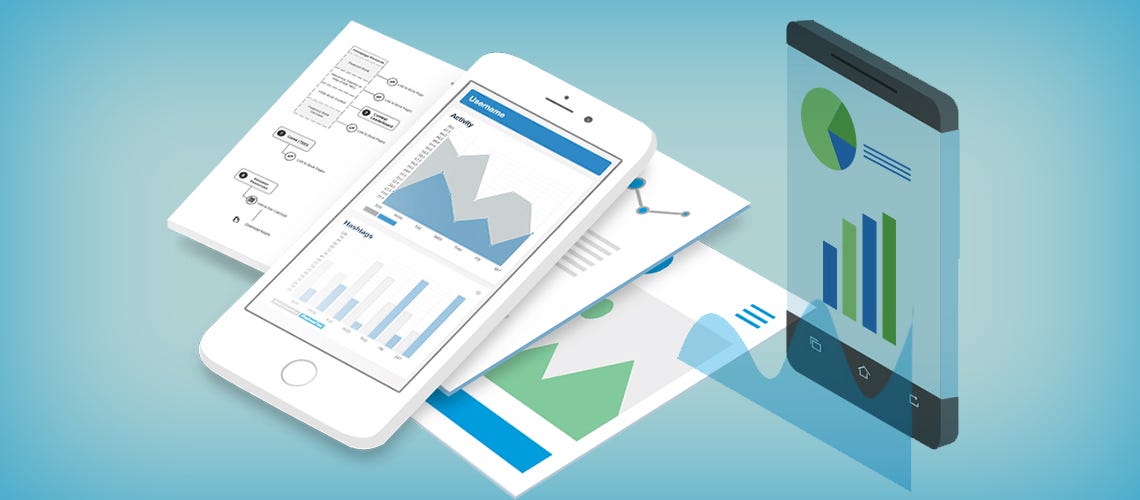In the ever-evolving world of mobile applications, branding has become a critical component of success. With millions of apps vying for user attention in app stores, creating a strong and memorable brand for your mobile app is essential. In this comprehensive guide, we will walk you through the key principles and strategies for successful mobile app branding. Additionally, we’ll explore the role of Mobile Marketing Platforms (MMPs) and how they can help in mobile app branding.
Understanding Mobile App Branding
Before diving into the intricacies of mobile app branding, let’s establish a clear understanding of what it entails:
Define Your Brand Identity
Your brand identity is the foundation of your mobile app’s branding efforts. It encompasses your app’s unique personality, values, mission, and vision. To define your brand identity, consider:
– Target Audience: Who are your ideal users, and what are their preferences?
– Unique Selling Proposition (USP): What sets your app apart from competitors?
– Brand Voice and Tone: How do you want your app to communicate with users?
Create a Memorable Logo and Visuals
A strong visual identity is crucial for mobile app branding. Invest in creating an eye-catching logo, color scheme, and overall design that reflect your brand’s personality. Your visuals should be consistent across all marketing materials and within the app itself.
Craft a Compelling App Store Listing
Your app’s listing on app stores is often the first point of contact with potential users. Optimize it by using high-quality screenshots, engaging app descriptions, and relevant keywords to improve visibility.
Building Brand Awareness
Now that you have a solid foundation for your app’s branding, it’s time to build awareness among your target audience.
Content Marketing
Content marketing is a powerful tool for brand awareness. Create valuable content related to your app’s niche, such as blog posts, videos, or infographics. Share this content on your website, social media platforms, and other relevant channels.
Social Media Presence
Social media platforms provide an excellent opportunity to connect with your audience. Regularly post engaging content, interact with followers, and use paid advertising to reach a wider audience.
Influencer Marketing
Collaborating with influencers who align with your app’s values can help you reach a larger and more engaged audience. Influencers can promote your app through reviews, tutorials, or endorsements.
User Experience (UX) and Branding
The user experience within your app plays a pivotal role in shaping your brand perception. A positive UX can reinforce your brand, while a poor one can damage it.
Consistency in Design
Ensure that the visual elements of your app, such as colors, fonts, and icons, align with your brand’s visual identity. Consistency creates a sense of reliability and professionalism.
User-Centric Design
Design your app with the user’s needs and preferences in mind. Intuitive navigation, clear instructions, and a pleasing user interface are essential for a positive UX.
Customer Support
Offer responsive customer support within the app. Quick and helpful responses to user inquiries can enhance your brand’s reputation.
Leveraging Mobile Marketing Platforms (MMPs)
Mobile Marketing Platforms (MMPs) are essential tools for tracking and optimizing your mobile app branding efforts. Here’s how MMPs can help:
User Attribution and Analytics
MMPs allow you to track user acquisition sources. You can see which marketing channels are driving the most downloads and engagement. This data helps you allocate your marketing budget more effectively.
In-Depth User Insights
MMPs provide insights into user behavior, allowing you to understand how users interact with your app. This information can help you refine your app’s user experience and marketing strategies.
Campaign Optimization
MMPs enable you to A/B test different marketing campaigns. You can experiment with various ad creatives, targeting options, and messaging to find the most effective approach for your brand.
Fraud Prevention
MMPs have fraud detection mechanisms in place to identify and mitigate fraudulent activities, ensuring that your marketing efforts are focused on genuine users.
Measuring Branding Success
To gauge the effectiveness of your mobile app branding efforts, you need to measure key performance indicators (KPIs).
App Downloads
The number of app downloads indicates the initial interest in your app. Monitor download trends to see if your branding efforts are attracting more users over time.
User Engagement
Track user engagement metrics, such as session duration, in-app actions, and retention rates. High engagement suggests that users resonate with your brand.
Customer Reviews and Ratings
Monitor app store reviews and ratings. Positive reviews and high ratings can enhance your brand’s credibility, while negative feedback should prompt improvements.
Brand Mentions and Sentiment
Use social listening tools to monitor brand mentions and sentiment on social media. Positive sentiment indicates a strong brand perception.
Continuous Improvement
Successful mobile app branding is an ongoing process. Continuously gather feedback, adapt to changes in your target audience, and refine your branding strategies to stay relevant.
Conclusion
Mobile app branding is an integral part of your app’s success. By defining your brand identity, building awareness, prioritizing user experience, and leveraging Mobile Marketing Platforms, you can create a strong and memorable brand that resonates with your audience. Remember that branding is an evolving journey, so be prepared to adapt and refine your strategies as needed to maintain a competitive edge in the dynamic world of mobile apps.
